Parc Nakseongdae (낙성대공원)
13.1Km 2021-07-16
77 Nakseong-daero Gwanak-gu Seoul
+82-2-879-6525
Le parc est le lieu de naissance sanctuarisé du général Gang Gamchan de l'époque de Goryeo. Aménagé en 1973, la parc est maintenu jusqu'à maintenant.
Au premier étage de la tour Nakseongdae de 3 étages, il y est gravé "Gang Gamchan Nakseongdae". C'est pour cette raison que la tour est nommé la Tour Gang Gamchan ou bien la tour Nakseongdae Gang Gamchan.
Elle a été fabriqué pendant l'époque de Goryeo en granit et mesure 4.48m de haut.
Parc de l'histoire Seosomun (서소문역사공원)
13.1Km 2023-09-14
5, Chilpae-ro, Jung-gu, Seoul
+82-2-3396-5852
La zone de la porte Seosomun était auparavant un site de persécution durant le 19ème siècle qui a été transformé en parc. De nombreux catholique furent persécutés sur place faisant de ce site un site sacré pour les catholiques en Corée.
La porte Seosomun constitue un passage vers le marché Chilpae près de la porte Namdaemun.
Le 15 mai 1999 une tour commémorative fut inauguré au centre du parc pour commémorer les martyrs. En 2013, le district Jung-gu a également inauguré le Musée d'Histoire Seosumun.
E-mart de Mia (이마트-미아점)
13.1Km 2016-09-05
17, Dobong-ro, Seongbuk-gu, Seoul-si
+82-2-944-1234
E-mart est un supermarché discount géré par Shinsegae Co. Ltd., et la branche de Mia est composé de deux étages en sous-sol, et cinq étages supérieurs.
Il est situé près de la station de Miasamgeori (Ligne 4) et pour les courses en famille, il y a entre autres une aire de repos, une aire de restauration et une aire de jeux pour les enfants.
A l’étage B1 il y a la boulangerie Day & Day, qui offre du pain frais tous les jours, et une section de produits biologiques. Il y a également un opticien, une aire de restauration (coréen et japonais), une boutique à vin et bien d’autres équipements pour que les clients apprécient leur shopping.
Près de l’E-mart , vous pourrez visiter le Jeongneung, qui était la première tombe royale de la dynastie Joseon fait pour une reine et le mur de la forteresse de Séoul Bugaksan qui est également une attraction populaire parmi les touristes étrangers.
Théâtre Jeongdong (정동극장)
13.1Km 2021-01-15
43, Jeongdong-gil, Jung-gu, Seoul
+82-2-751-1500
Le théâtre Jeongdong que vous pouvez trouver sur le chemin du
Deoksugung Doldamgil est un lieu de culture ouvert dans notre quotidiens. Le
théâtre Jeongdong est un théâtre vénérable
qui a une idée de restitution du premier théâtre contemporain
specialise au Pansori, le Wongaksa, créé en 1908. Après
la création du théâtre Jeongdong en 1995, divers performences
artistiques ont été mises en scène pour les citoyens.
Avec
la mise en scène du spectacle musical traditionnel "Chunhyangyeonga"
en 2010 et la performence "MISO" qui a terminé avec succès,
le théâtre est devenu un endroit que nombreux coréens et
touristes étrangers cherchent.
*Ouvert le 17 juin 1995
Eglise de Chungdong (정동교회)
13.2Km 2020-06-25
46, Jeongdong-gil, Jung-gu, Seoul-si
+82-2-753-0001
Introduction :
L’église de Chungdong, dont la construction fut achevée en 1989, est la première église protestante de Corée. A sa construction, sa surface était de 380 m², mais d’autres bâtiments ont été rajoutés à chaque aile en 1926, et elle mesure à présent environ 580 m².
L’église de Chungdong a été déclarée 256ème plus grand accomplissement, et possède une architecture de style gothique nord-américain. A l’intérieur se trouve un buste de son fondateur, le pasteur Appenzeller, et un monument commémoratif pour son 50ème anniversaire. En 1889, l’église a été mentionnée dans le mensuel « Church » comme étant la première église de Corée à proposer des cours d’étude de la Bible en été, et pour le travail de ses missionnaires. L’église de Chungdong se trouve au coeur de la charmante rue de Chungdong, particulièrement belle en automne, lorsque les pavés sont tapissés de feuilles mortes. Le quartier entier représente une intéressante destination touristique, car on y trouve également le théâtre Chungdong, le palais de Deoksugung et le musée d’art de Séoul.
Inwoohouse [Korea Quality] / 인우하우스 [한국관광 품질인증]
13.2Km 2023-04-13
9, Gyedong 6-gil, Jongno-gu, Seoul
02-742-1115
Run by a couple hailing from Bukchon, Inwoo House is located in an alleyway in Gye-dong, Jongno-gu, which is part of Bukchon that is well-known for old hanok houses. Inwoo House, meaning 'the house of Inwoo,' is inhabited by the owner couple and eight-year-old son Inwoo and his younger brother Yeonwoo. The couple, who have always lived in Bukchon, moved to Inwoo House in 2010; their parents run another guesthouse -- Yeonwoo House -- in Gahoe-dong, which isn’t far from Inwoo House. These two hanok guesthouses seek to provide guests with an opportunity to experience the true aspect of traditional Korean house amid the natural environment. Inwoo House, which has the typical style of hanok in the area, features a cozy yard, a toenmaru (narrow wooden porch running along the outside of the building), and several charming decorative items. It has three rooms – Tokki-bang and Haejanggeum-bang situated in Sarangchae (a detached building) and Nori-bang, which is a communal space. Due to its quiet location, guests can enjoy relaxation with a serene atmosphere in their rooms, which are decorated with calligraphic works and furniture inlaid with mother-of-pearl in a simple way. Each room is equipped with a bathroom. The guesthouse offers breakfast such as toast or tteokguk (rice cake soup). Inwoo House is an ideal place to stay for guests with children as the owner couple have children with whom children can play in the alley, yard, or toenmaru with an interesting hanok environment. The guesthouse also provides various traditional activities including traditional Korean clothes experience, traditional Hanji (Korean paper) craft experience, traditional knot bracelet making, and fan decorating, which are popular among foreign tourists and children. It is adjacent to restaurants, coffee shops, convenience store, and other tourist attractions including Gyeongbokgung Palace, Changdeokgung Palace, Insa-dong, and Samcheong-dong.
Musée d’art de Bukchon (북촌미술관)
13.2Km 2019-03-26
Bukchon 7-gil 4, Jongno-gu, Séoul (Gahoe-dong)
+82-2-741-2296~7
Inauguré en janvier 2005, le musée d’art de Bukchon couvre un large spectre artistique, allant de l’antiquité jusqu’à l’art moderne. Il a été conçu comme espace d’observation, d’analyse et d’exposition de l’art, et sert également d’espace de repos culturel.
Le musée organise de nombreuses expositions temporaires, qui présentent par exemple l’art antique de Corée et de Chine, l’art moderne, et mettent en valeur des peintres coréens et internationaux actifs dans les échanges culturels en Extrême-Orient . Le musée se pose ainsi en institution polyvalente : marché d’art pour intéresser le grand public aux beaux-arts, et centre d’archives artistiques et culturelles coréennes et internationales à l’intention des chercheurs en art.
Bukchonmaru hanok guesthouse [Korea Quality] / 북촌마루한옥게스트하우스 [한국관광 품질인증]
13.2Km 2020-09-10
152, Changdeokgung-gil, Jongno-gu, Seoul
+82-10-3253-8751
Bukchonmaru Hanok Guesthouse is located between “Bukchon Views 2 and 3” on a hill in Bukchon Village in Seoul. This two-storied hanbok building with a terrace, which is rarely found among other hanok structures in the area, offers a splendid view of Seoul. In particular, the summit of a hill next to the main gate of Choong Ang High School where the guesthouse is situated is known as the filming location for the famous Korean TV series Winter Sonata (2002). When you open the main gate and go up to the first floor, a small yard is seen with a group of jars on one side. After entering the sliding door through the yard, there is daecheong maru (main floored room) that features the doors opening in all directions and a high ceiling with rafters, making the space open and cozy. The hanok building consists of two floors – the ground floor is equipped with special furniture, a jar table and a log chair made by the owner, and on the first floor are guestrooms comprised of one large room and two small rooms. The neat and clean rooms are designed in a simple way and have lovely bedding with the pattern of five cardinal colors. Its staff members can speak English and Chinese to communicate with guests from other countries. Every morning, guests engage in animated conversation while enjoying a Korean home-style breakfast prepared by the owner in a friendly atmosphere. After having breakfast, if guests want, they can try on traditional Korean clothes (hanbok) and take photographs inside and around the guesthouse to create interesting memories. The guesthouse also provides a hanbok rental service (KRW 30,000 for a day) and tourists wearing traditional Korean clothes can enter both Changdeokgung Palace and Gyeongbokgung Palace, which can be reached on foot within 10 to 15 minutes, free of charge. Moreover, guests can enjoy an open view of the area including Gahoe-dong, Gye-dong and even the lights of the Namsan Seoul Tower at night from the roof top.
Gagyo (가교 전통공예)
13.2Km 2012-02-08
65, Yunposun-gil, Anguk-dong, Jongno-gu, Seoul-si
Ouverte en 2001, Gayo est la première boutique d’Insadong spécialisée dans le bojagi (tissu d’emballage traditionnel coréen). La boutique organise également divers séminaires et programmes d’activités quotidiens où les visiteurs peuvent fabriquer des bojagi. Grâce à ses programmes en japonais, la boutique est particulièrement populaire auprès des touristes de l’archipel. C’est l’endroit idéal pour permettre aux visiteurs internationaux de découvrir l’art des accessoires traditionnels coréens.
Baengnyeon Tojong Samgyetang (백년토종삼계탕)
13.2Km 2021-03-24
41, Bukchon-ro, Jongno-gu, Seoul
+82-2-747-5535
This is the place featured on the Michelin Guide. This Korean dishes restaurant is located in Jongno-gu, Seoul. The representative menu is ginseng chicken soup.
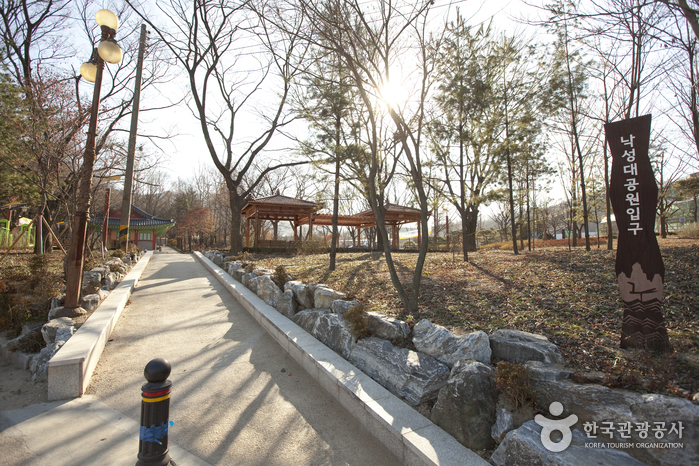
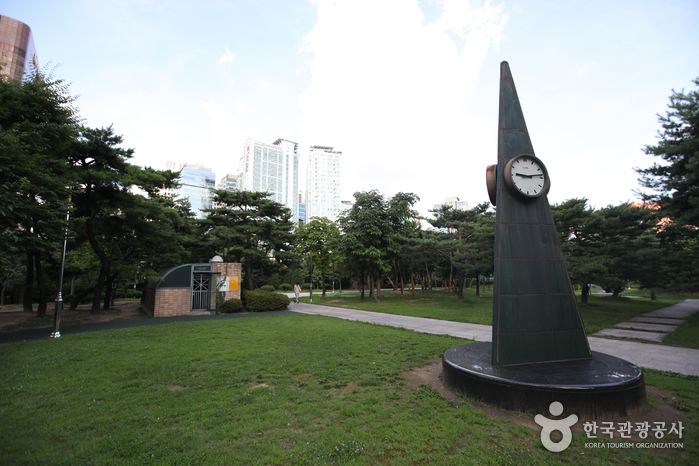

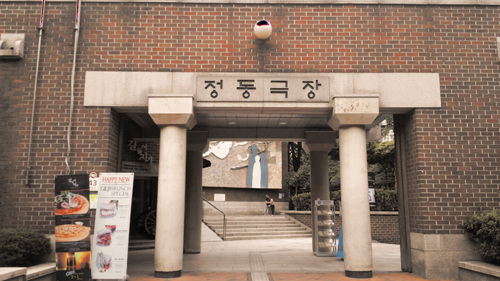
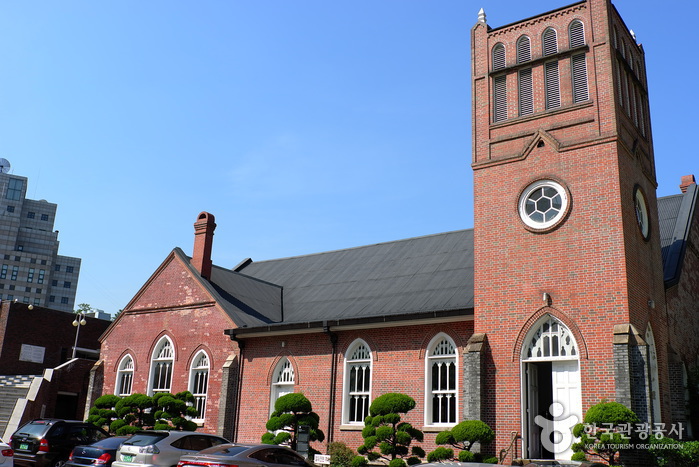
![Inwoohouse [Korea Quality] / 인우하우스 [한국관광 품질인증]](http://tong.visitkorea.or.kr/cms/resource/64/2633664_image2_1.jpg)
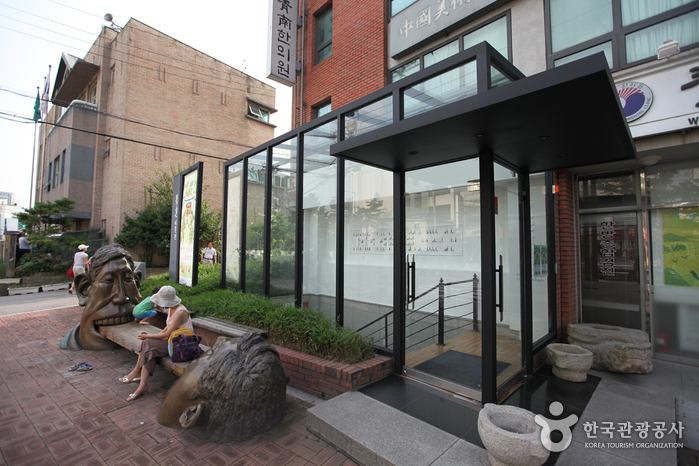
![Bukchonmaru hanok guesthouse [Korea Quality] / 북촌마루한옥게스트하우스 [한국관광 품질인증]](http://tong.visitkorea.or.kr/cms/resource/32/2574032_image2_1.jpg)
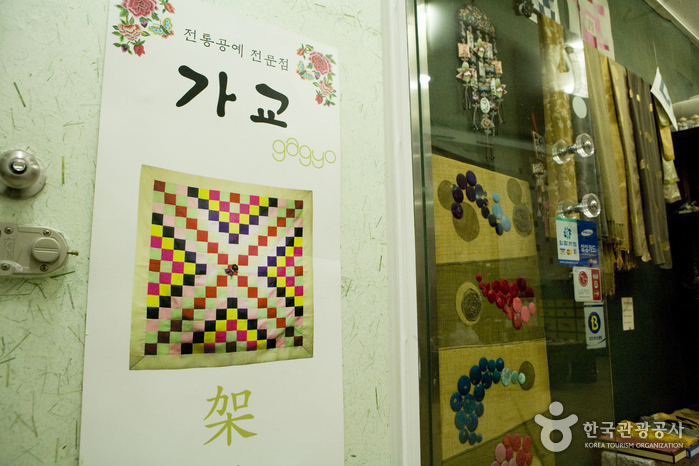
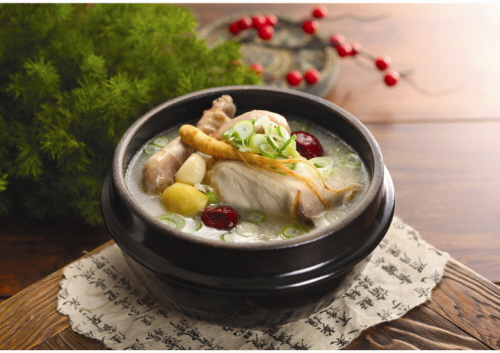
 Français
Français
 한국어
한국어 English
English 日本語
日本語 中文(简体)
中文(简体) Deutsch
Deutsch Español
Español Русский
Русский